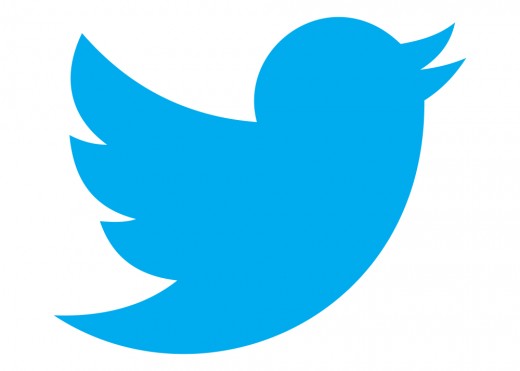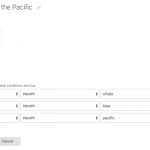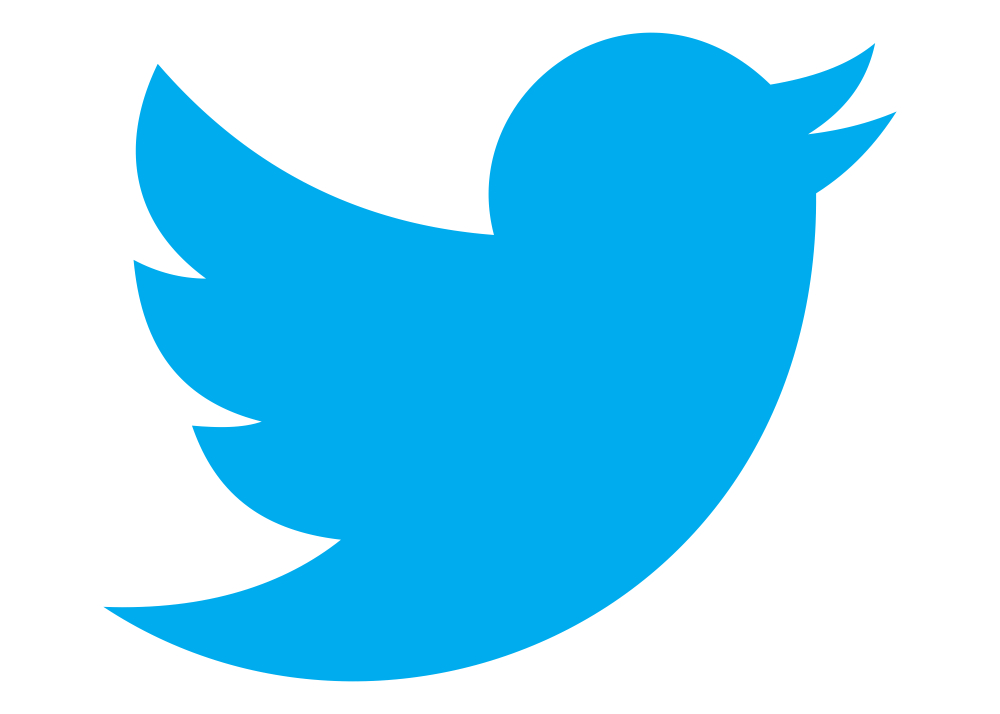Twitter Needs To Make Itself Make Sense
As is so often the case with the Social Media Insider, the decision of what to write about this week was a toss-up. Should I focus on Facebook’s mind-control experiments (insert still from “Clockwork Orange” here), or the continuing turmoil at Twitter?
I’ve settled on the latter, because, let’s face it: Even though Facebook’s altering some users’ newsfeeds to see how this affects emotions is downright creepy, was this step really so surprising? Or that Facebook did it with its usual lack of awareness of how people might perceive it? No.
So — rubbing my hands together (metaphorically speaking, because I need to type) — let’s talk about Twitter. Yes, as The New York Times detailed this week, there has been high turnover in the executive suite lately. But what’s more important are its underlying problems: slowing user growth and some evidence of declining time spent per user.
When you take those two factors together, you have one common problem: making sense of it all, and by “it all” I mean the giant content dump that is Twitter, even when you do your best to follow only people that matter to you, which, in my case, numbers only 673.
This point was once again brought home to me yesterday when my favorite Twitter curation service was down: The Tweeted Times, a compilation I visit every day to see what links are being shared by the people I follow. When Twitter goes down, it may make headlines, but when the Tweeted Times goes down, it’s far more disruptive to my day, particularly when it’s the day I write this column. The majority of my ideas come from this curated version of Twitter, which makes sense of it all.
But Twitter itself isn’t so good at doing this, and therein lies the rub — because most of the time I spend with Twitter isn’t actually happening on Twitter. I suspect I’m not alone. Maybe you see Twitter content on Flipboard, or use Storify or another poplar curation tool to organize content — or you see Twitter content elsewhere on the Web, where actual humans have done the curation for you. NYmag.com, for instance, did a terrific job of collecting pictures from last night’s monster thunderstorm, even though most of the Twitpics didn’t share a common hashtag.
When Twitter attempts something like this, of course, it loses its Twitter-ocity, or is perceived as having done so. When Twitter unveiled that it would organize some tweets into conversations last year, there was a great hue and cry. “Oh, no! Now we can actually make sense of those random comments that are so obviously part of a conversation!” Seriously?
The fact is that Twitter should do more – not less — to organize its content. One idea: to offer users different feeds, one in its classic backwards chronological order, and another that works a bit more like, dare I say it, Facebook, where the newsfeed algorithm so effectively bumps up popular content. Imagine a Twitter stripped of its self-promotional bullshit, and organized around the interesting stuff that people are actually talking about!
Whatever the solution — or solutions — Twitter needs to find more ways to make sense of itself. Sometimes, I think this all, in some philosophical sense, goes back to the fact that Twitter started out trying to make sense of itself. Unlike with virtually all of its competitors, its original raison d’etre — to corral a small bunch of office employees — is different than what it became.
No one at the start envisioned a social platform with hundreds of millions of users, or one in which one individual might try to follow thousands, or tens of thousands of people. At that level, without a lot of help, Twitter is hard to make sense of; it needs to be part of its own solution.
MediaPost | Social Media Insider
(140)














